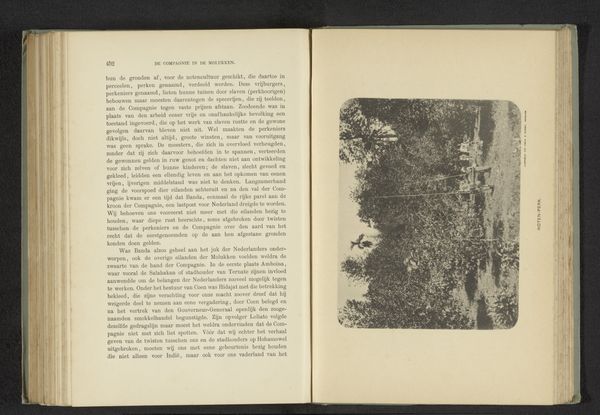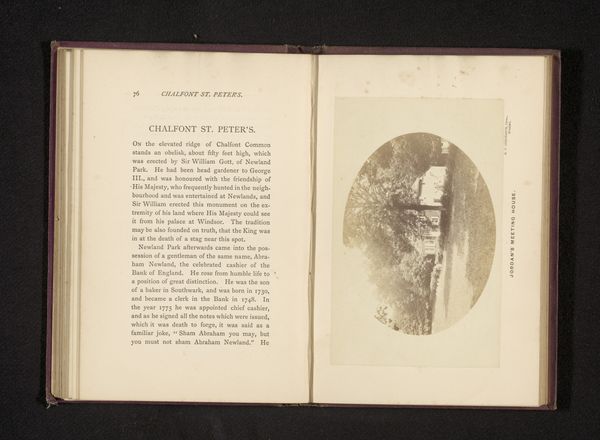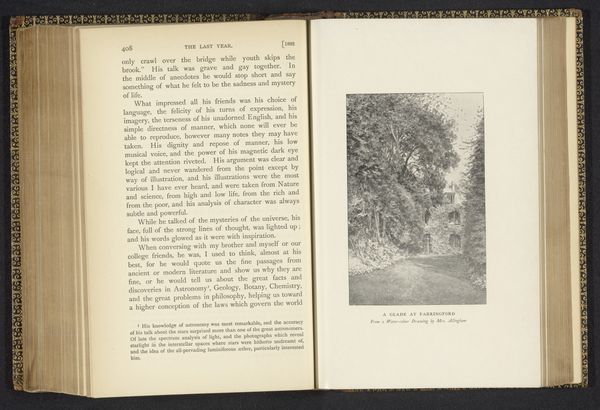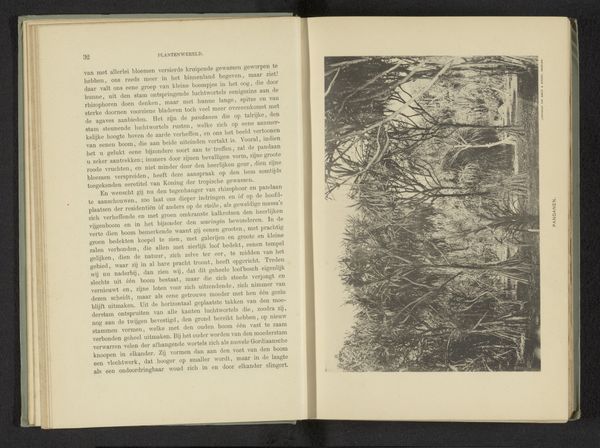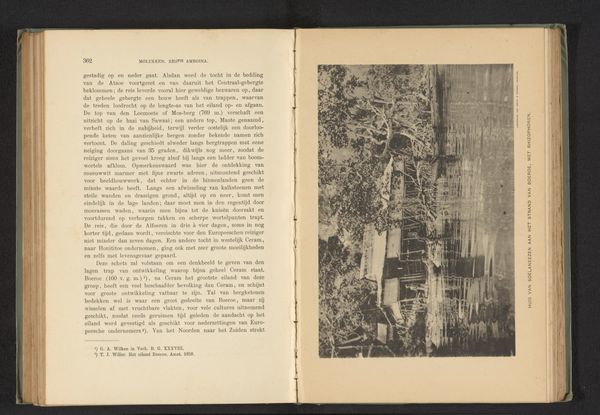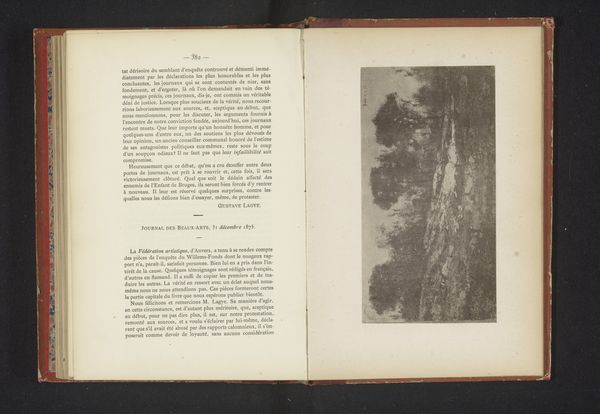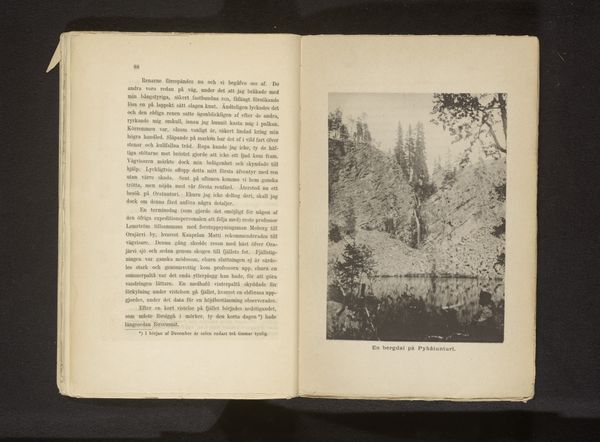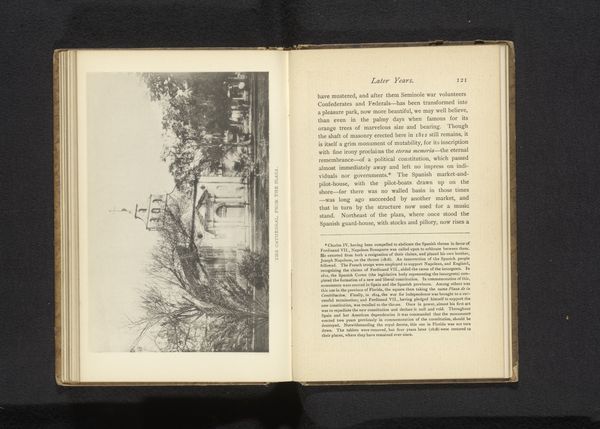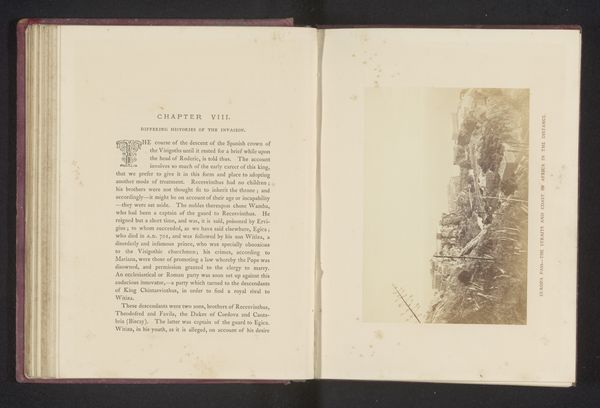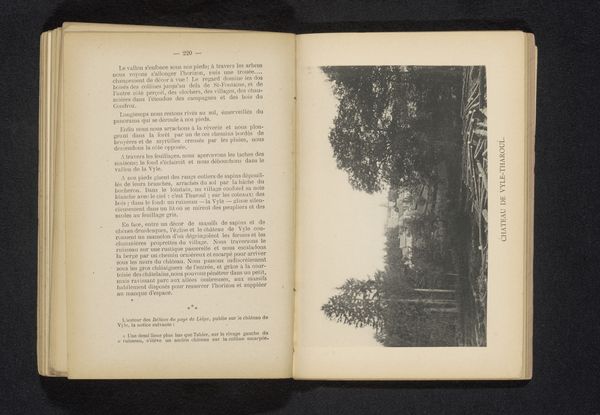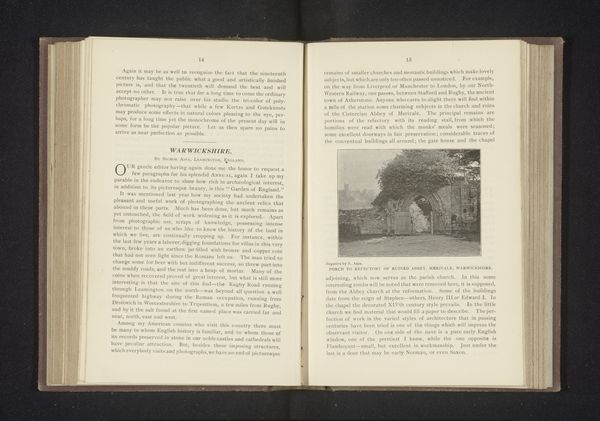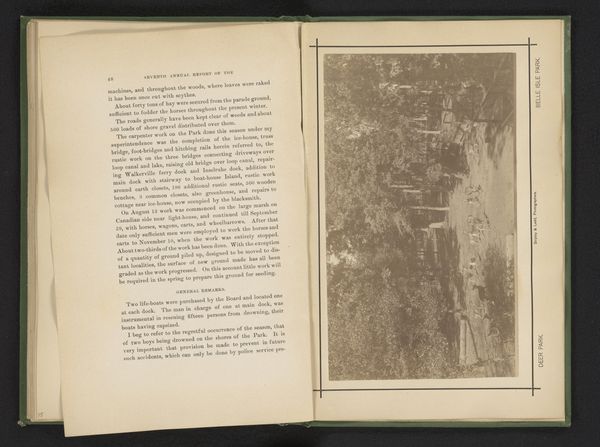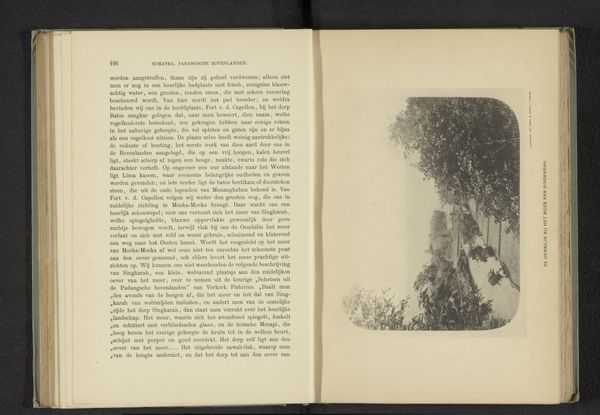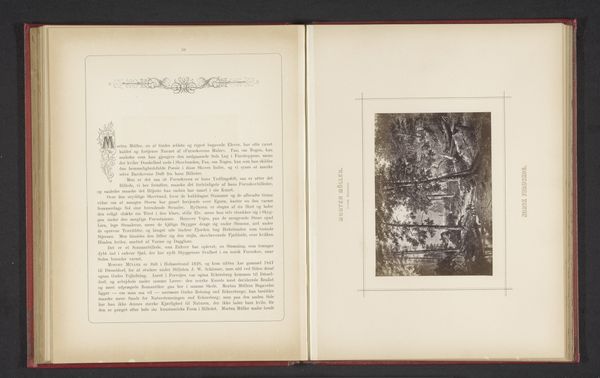
print, photography, collotype
#
portrait
# print
#
landscape
#
photography
#
collotype
#
orientalism
Dimensions: height 110 mm, width 168 mm
Copyright: Rijks Museum: Open Domain
Curator: Here we have a collotype, likely a photographic print, created before 1896 by A. Suais. It depicts four soldiers on a bridge over Hoan Kiem Lake in Hanoi, Vietnam. It's interesting to consider it now as an example of Orientalism, given its perspective and portrayal of the setting. Editor: Woah, it's like stepping into a dream... or a memory. That shimmering lake... It gives me this curious sense of detachment, a quiet melancholy. Like a faded postcard from a time that might not have ever really existed the way it’s captured here. Curator: That sense of detachment likely stems from the power dynamics at play. We need to examine the representation of the soldiers, their relationship to the landscape, and consider the context of French colonial rule in Vietnam during this period. This is more than just a landscape; it’s a visual assertion of power and presence. Editor: I suppose, seeing those military figures almost blends them *into* the landscape at first. They become part of this romanticized "exotic" scene, when they're also representing this… well, domination. It shifts that idyllic feeling somewhat. Curator: Precisely. By positioning the soldiers within this picturesque setting, the print subtly reinforces the colonial narrative, obscuring the realities of occupation and resistance. And even this notion of exoticism reinforces an imbalance between the 'observer' and the 'observed'. Editor: It really hits me that what might appear as just a peaceful scene, actually encapsulates this complex mix of impressions of both presence and domination. It becomes like, a stage where the characters act as symbols of this interaction. This work makes me question even *my* immediate responses to an image like this. Curator: Ultimately, this image prompts us to consider how art can both reflect and shape our understanding of history, and our own perspectives in the present. Editor: Yeah... It’s a hauntingly beautiful reminder that art often has stories layered within stories, you just have to dig into it!
Comments
No comments
Be the first to comment and join the conversation on the ultimate creative platform.
